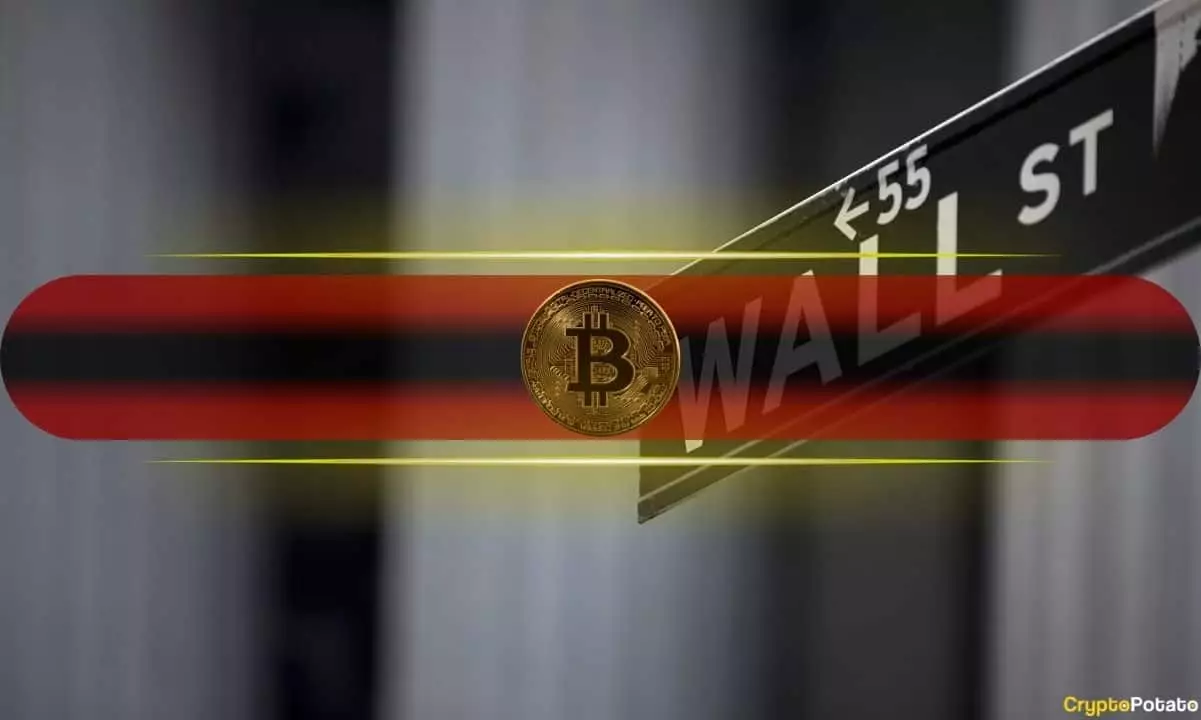Recent events in the cryptocurrency market have sent shockwaves through the investment community. A staggering 10% decline in less than 24 hours, resulting in over $240 billion evaporating from the crypto landscape, serves as a grim reminder of the fragility of digital assets. In a parallel narrative, the stock market futures reflect a similar downturn, dropping by 15% in just three days. The correlation of these numbers paints a dire picture of an impending economic crisis. It’s hard not to liken the current scenario to March 2020, when panic swept through the markets as the world plunged into lockdown due to COVID-19. This should serve as a wake-up call for investors—cryptocurrency is still facing high volatility, and the notion of a stable digital future is far from guaranteed.
Economy on Edge: Signs of a Recession?
As oil prices fall below the $60 mark and gold experiences a remarkable decline of $180 in mere sessions, the sentiment weighs heavy on investors. When essential commodities like oil begin to slide, it signals a potential collapse in demand, hinting at economic stagnation. Furthermore, bond prices are escalating, indicating a mass movement towards “safe haven” assets amid fears of economic shutdown. The financial landscape is exhibiting warning signs akin to those seen just before economic downturns; this time, the “flight to cash” is palpable. The Kobeissi letter aptly warns of a mass flight from market engagements, echoing sentiments reminiscent of March 2020 when fears of a lockdown sent markets plummeting.
Black Monday and Tariff Anxiety
The specter of “Black Monday” looms large in market discussions, as concerns about tariff impositions further fuel investor anxieties. The consensus among market analysts suggests that the climate is rife for a short-term capitulation, and there appears little hope to evade this bearish sentiment. The S&P 500 futures have also entered bear market territory, marking a worrying trend for those who had high hopes for market recovery. Trump’s remarks that “sometimes you have to take medicine” offer little comfort to investors grappling with the implications of such metaphorical medicine.
Global Markets: A Ripple Effect
The impact of these downturns isn’t isolated to the United States; stock markets across Asia have opened to alarming double-digit declines. Circuit breakers, mechanisms designed to prevent catastrophic sell-offs, have been triggered to restore some order to these tumultuous transactions. This reactive stance signals vulnerability within global markets, as a coordinated sell-off implies that sentiment thrives on collective anxiety rather than fundamental strength. Raoul Pal’s optimistic perspective amidst peak fear seems misplaced when considering the realities on the ground. The bullish market, which appears unattainable for many, is obscured by the specter of significant losses.
Pessimism Reigns: The Future of Investment
Current sentiment suggests that few participants share optimistic viewpoints on recovering from this downturn anytime soon. The magnitude of the recent sell-off, especially in cryptocurrencies, illustrates that frantic moves towards stability are often disregarded. While seasoned investors might see this as an opportunity hiding beneath their couch cushions, for many, the trauma from such sharp declines serves to overshadow those silver linings. Is it wise to invest now, during a time of heightened uncertainty? As the market struggles, the prevailing noise argues for caution over exuberance. Therefore, it’s critical for investors to tread carefully, acknowledging the precarious balance between market opportunity and risk during such tumultuous times.

